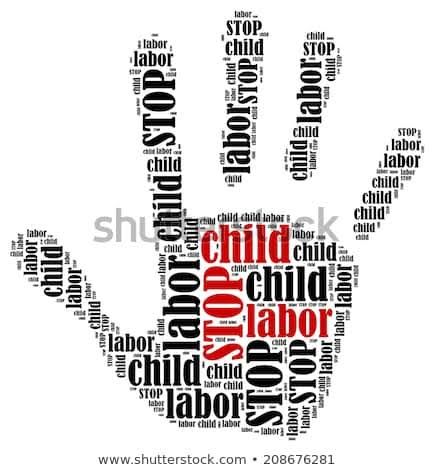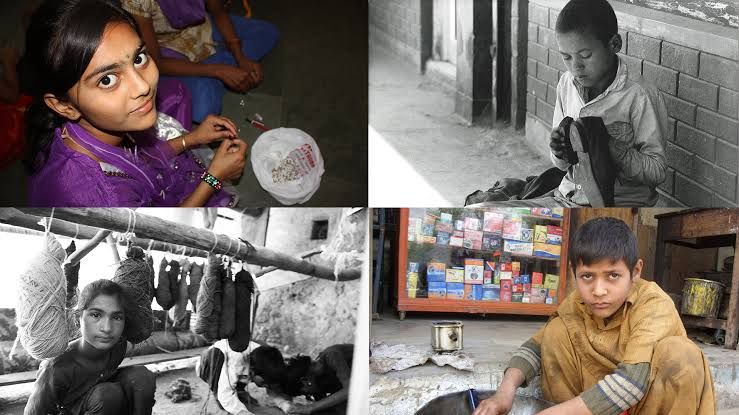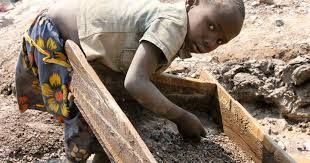Child Labour: A Global Issue
Apr 16, 2019 • 220 views
Child labour means exploitations of children through any form of work which deprives children of attending school, and which is mentally,physically or morally harmful for children. Laws have strictly prohibited these explitations. Although these laws doesn't includes the work of child as child artist,supervised training,etc.
Child labour is no new problem. During the 19th and 20th centuries many children aged 5-15 years from poorer families worked in western countries. They mainly worked at factories,mining and many had to work in night shifts lasting upto 12 hours. Though in the later half of 20th century with the rise of child labour laws,the rate of child labour fell.

In the early 20th century thousands of children were employed in the glass making industries,where they had to deal with the intense heat of melting glass. The high temperature cause eye trouble,lung ailments,cuts and burns.
In the start of 20th century an estimated 2million boys of under 15 years old age worked in American industries. This includes who rolled cigarettes,engaged in textile mills,coal mines. Child labour played an important role in the industrial revolution from its outset,often brought about by economic hardships. The children of poor families were expected to their family income. Famous author Charles Dickens also worked in a blackening factory at the age of 12.
Even after working so hard Child wages were often low and sometimes it was as little as 10-20% of an adult male's wage

Karl Marx once remarked 'British Industries could live but live by sucking blood and children's blood too'. In 1831, a royal commission recommended that children aged 11-18 can work a maximum of 12 hours per day and children aged 9-11, a maximum of 8hours. Children under the age of 9 were no longer permitted to work.
Household enterprise:
Factories and mines were not the only places where child labour was prevalent in the early 20th century. Family willingly deployed their children in these income generating home enterprises. Children aged 5-15 worked alongside the parents upto 7days per week. Home based operations in child labour are common in Austria,Britain, Australia.

Though the rate of child labour is lessened with the implementations of laws,it is still common in many parts of the world. If the light occasional work is excluded,ILO estimates there were 153 million child labourers in 2008.
In 2004 around 60% child labours were involved in agricultural activities.
Child labour accounts for:-
22% in Asia
32% in Africa
17% in latin america.
Primary reasons:-
Higher competitions in jobs.
Lack of meaningful alternate such as quality education,affordable schools.
Greatest single reason behind this is poverty.
Cultural beliefs are also involved because some people have the view that work is good for character building and skill development.

In the world's poorest countries like countries in sub- saharan Aftrica,around 1 in every 4 children are engaged in child labour. Four nations Mali,Benin,Chad, and Guinea-Bissau witnessed 50% of childrem aged 5-14 working.
Pillars to fight against child labour:-
Work for adult and youth of legal working age that delivers a fair income and security means that household do not have to resort to child labour to meet basic needs.
Well designed labour market policies on where most child labour persists.
The single most effective way to stop the flow of school aged children into the child labour is to improve access to and quality of schooling.
Child labour should be eradicated as soon as possible because it works as a termite which affects the growth and development of a child as a citizen, and as a future entity of the country.
